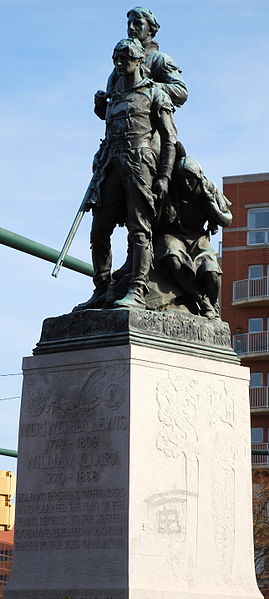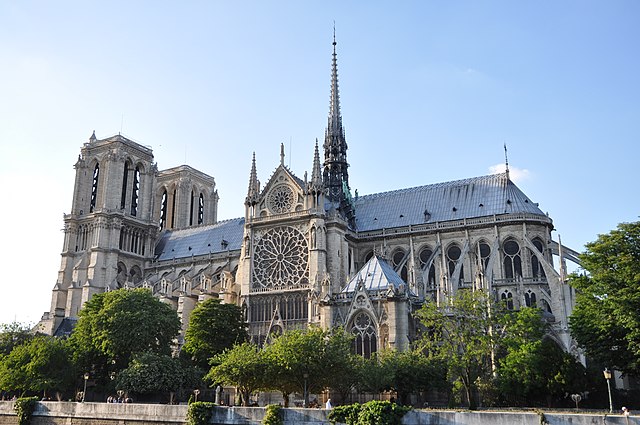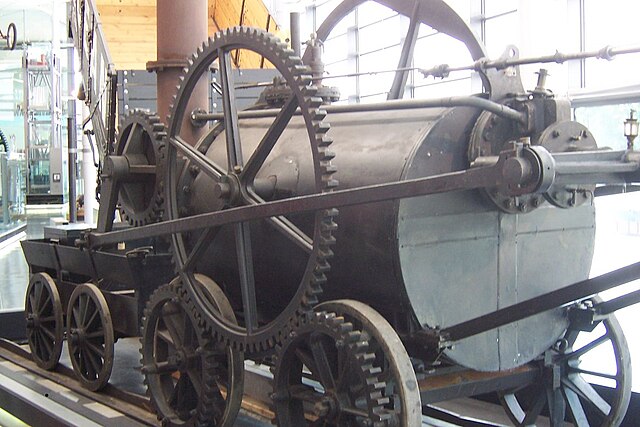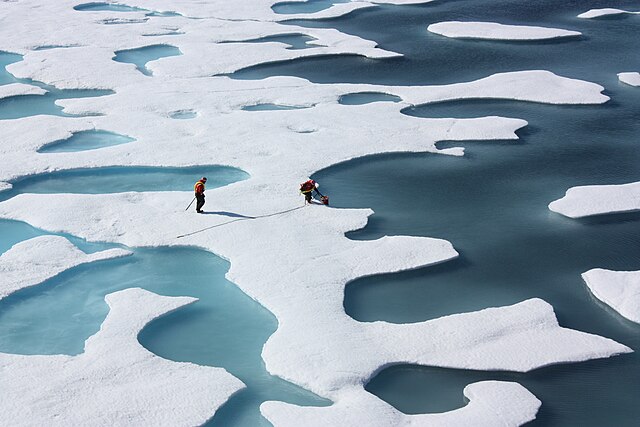We just learned about the
Black Hawk Statue - Lorado Taft.
Another famous American statue is
Meriwether Lewis and William Clark made by Charles Keck in 1919.
Keck was born in 1875 in New York, and went to school to study art in America and also in Italy.
He became famous for making statues of famous people across America.
The statue which is also called "Their First View of the Pacific" is of the famous explorers Lewis and Clark, along with their Native American guide Sacagawea.
In 1803 America made a deal with France to buy a big piece of land in the middle of North America.
This land later became the states of Montana, North Dakota, South Dakota, Minnesota, Wyoming, Nebraska, Iowa, Colorado, Kansas, Missouri, Oklahoma, Arkansas, Texas and Louisiana.
Because the land was so big, they needed someone to go explore, so Lewis and Clark went off from Pennsylvania and traveled all the way to the west coast to the Pacific Ocean.
Along the way they met Sacagawea, a 16 year old Native American woman who stayed with them and helped guide them safely all the way.
At the bottom of the statue are the words: "Bold and farseeing pathfinders who carried the flag of the young republic to the western ocean and revealed an unknown empire to the uses of mankind."

(from: wikipedia -
meriwether lewis and william clark (sculpture))

(from: wikipedia -
lewis and clark expedition)
Kid Facts - Blast from the past: Chiwara







